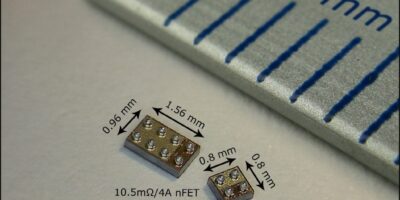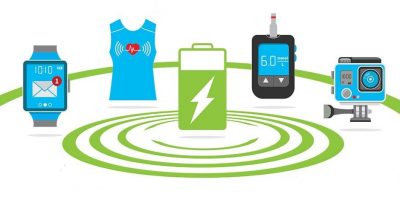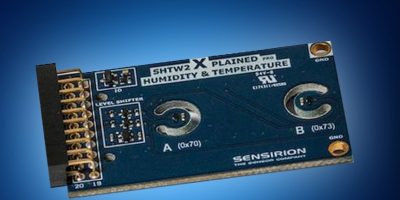Silego introduces GFET3 power switches in WLCSP: Combining its FET IP and system level protection features, the GFET3 Integrated Power Switch (IPS) offer low RDS ON.
The GFET3 IPS addresses space-constrained PCB applications, typical in fitness bands, smartphones and tablet PCs. The three new switchescover high-side power control applications from 1.0 to 4.0A.






